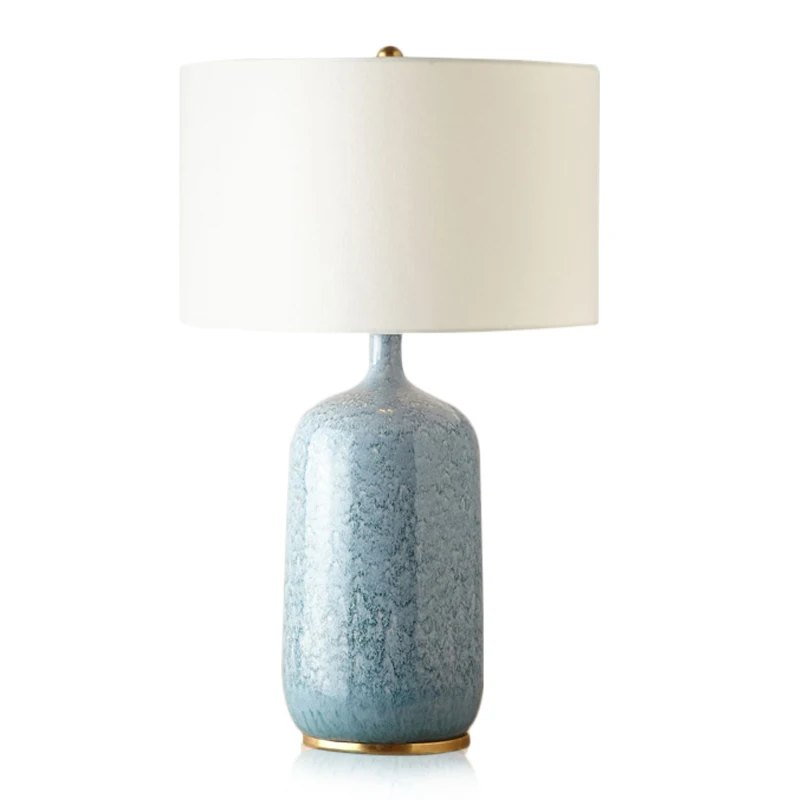
LEAFLETS
PRODUCTS
A Beacon of Light The Humble Table Lamp
A History Illuminating the Present
The journey of the table lamp is a fascinating one, tracing back far beyond the electric bulb. Early forms relied on natural light sources, with rudimentary candle holders and oil lamps adapting to a tabletop setting. These early designs, while simple, served the same fundamental purpose: providing localized illumination. The portability and focused light offered significant advantages over larger, more cumbersome lighting fixtures, making them ideal for individual tasks and intimate spaces.
The advent of gas lighting in the 19th century presented new opportunities. Gas-powered table lamps, while still relatively bulky, offered a brighter and more controlled light source compared to their predecessors. These lamps often featured elaborate designs, reflecting the opulent aesthetics of the Victorian era. Materials like brass, porcelain, and ornate glass became common, transforming the simple lamp into a decorative centerpiece.
The true revolution, however, came with the invention of the incandescent light bulb. Thomas Edison's groundbreaking invention, miniaturized and adapted for table use, unleashed a wave of innovation in table lamp design. Suddenly, the constraints of fuel-based lighting were removed, allowing for greater freedom in size, shape, and materials. The electric table lamp transitioned from a functional necessity to a statement piece, reflecting individual tastes and evolving interior design trends.
Design Evolution: Form Follows Function (and Fashion)
The design of table lamps has evolved remarkably throughout history, mirroring prevailing artistic styles and technological advancements. Early 20th-century designs often embraced Art Nouveau and Art Deco aesthetics, incorporating flowing curves and geometric forms. The Bauhaus movement, with its emphasis on functionality and minimalism, led to simpler, more streamlined designs that prioritized efficiency and clean lines.
Mid-century modernism saw the emergence of iconic table lamps characterized by their understated elegance and innovative use of materials. Plastic and chrome became popular, reflecting the optimism and technological advancement of the era. These lamps, often featuring adjustable arms and shades, prioritized both functionality and style.
Contemporary table lamp design showcases a stunning array of styles, from minimalist Scandinavian designs to elaborate postmodern creations. The use of diverse materials, including recycled materials and sustainable options, reflects a growing awareness of environmental concerns. Moreover, advancements in LED technology have allowed for energy-efficient lighting with enhanced color rendering and controllability, further enriching the functionality of the modern table lamp.
Beyond Illumination: The Symbolic Power of Light
The table lamp's significance extends beyond its practical function; it carries a potent symbolic weight. The light it provides represents knowledge, understanding, and enlightenment. In literature and art, the table lamp often symbolizes the act of reading, learning, and intellectual pursuit. Its warm glow creates a sense of intimacy and comfort, making it a focal point of study, contemplation, and creative endeavors.
The placement of a table lamp also holds symbolic meaning. A lamp positioned on a bedside table suggests rest and relaxation, while one situated on a desk implies work and concentration. This symbolic association highlights the lamp's role in shaping our experience of space and defining different functional zones within a room.
Furthermore, the style and design of a table lamp often reflect the personality and aesthetic preferences of its owner. A carefully chosen lamp can become a cherished object, contributing to the overall atmosphere and narrative of a living space. It's more than just a light source; it’s a personal statement, a reflection of our individual tastes and lifestyles.
Cultural Impact: A Global Presence
The table lamp's impact transcends geographical boundaries. Its ubiquitous presence in homes across the globe highlights its fundamental role in human life. While design aesthetics may vary based on cultural preferences and local traditions, the core function remains constant: providing localized illumination for individual tasks and spaces.
The humble table lamp has become an integral part of everyday life, facilitating countless activities – from reading bedtime stories to working late into the night. Its adaptability and enduring appeal have secured its place as a universal symbol of comfort, knowledge, and domesticity.
In conclusion, the "A Beacon of Light: The Humble Table Lamp" demonstrates that seemingly ordinary objects often possess a rich history and profound cultural significance. Through its evolution, design, and symbolic meaning, the table lamp illuminates not only our spaces but also our understanding of ourselves and the world around us.
SUBSCRIBE
INQUIRY










